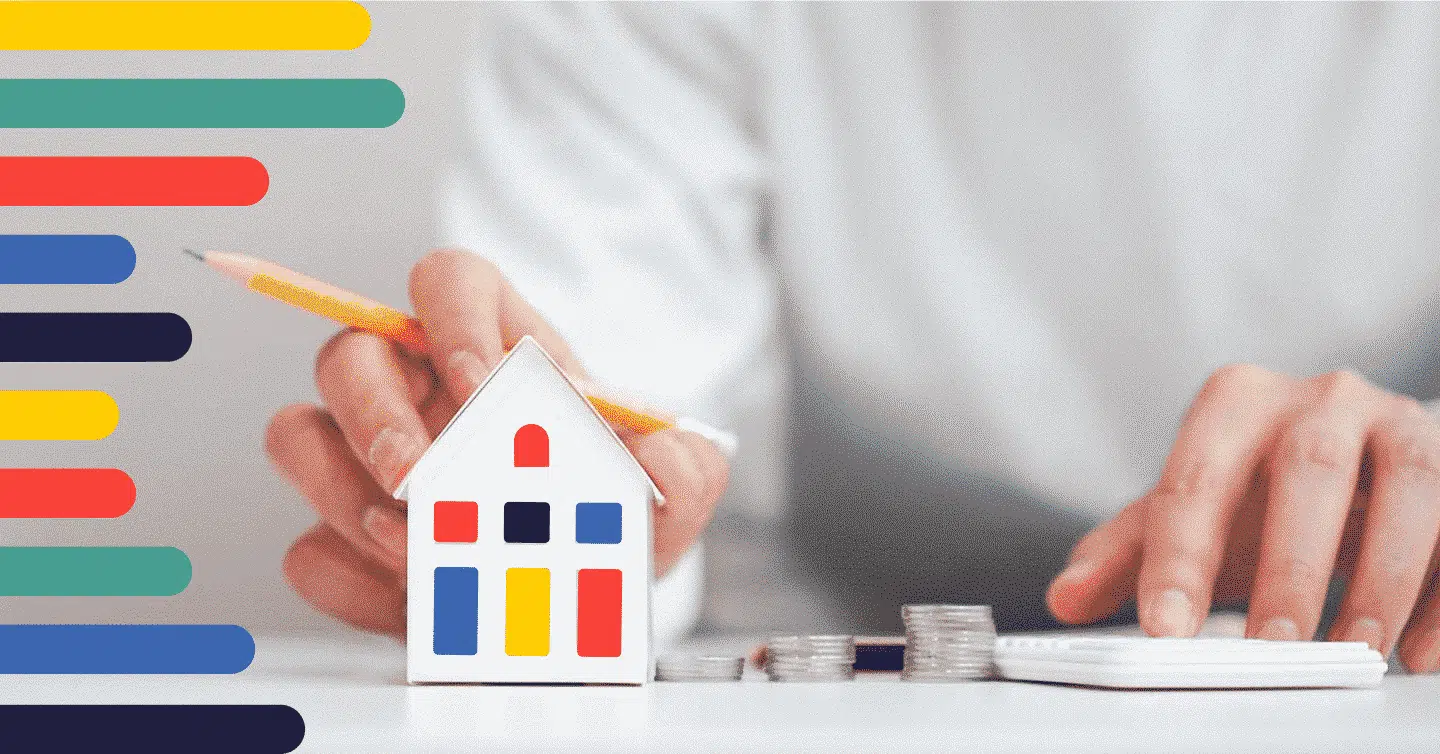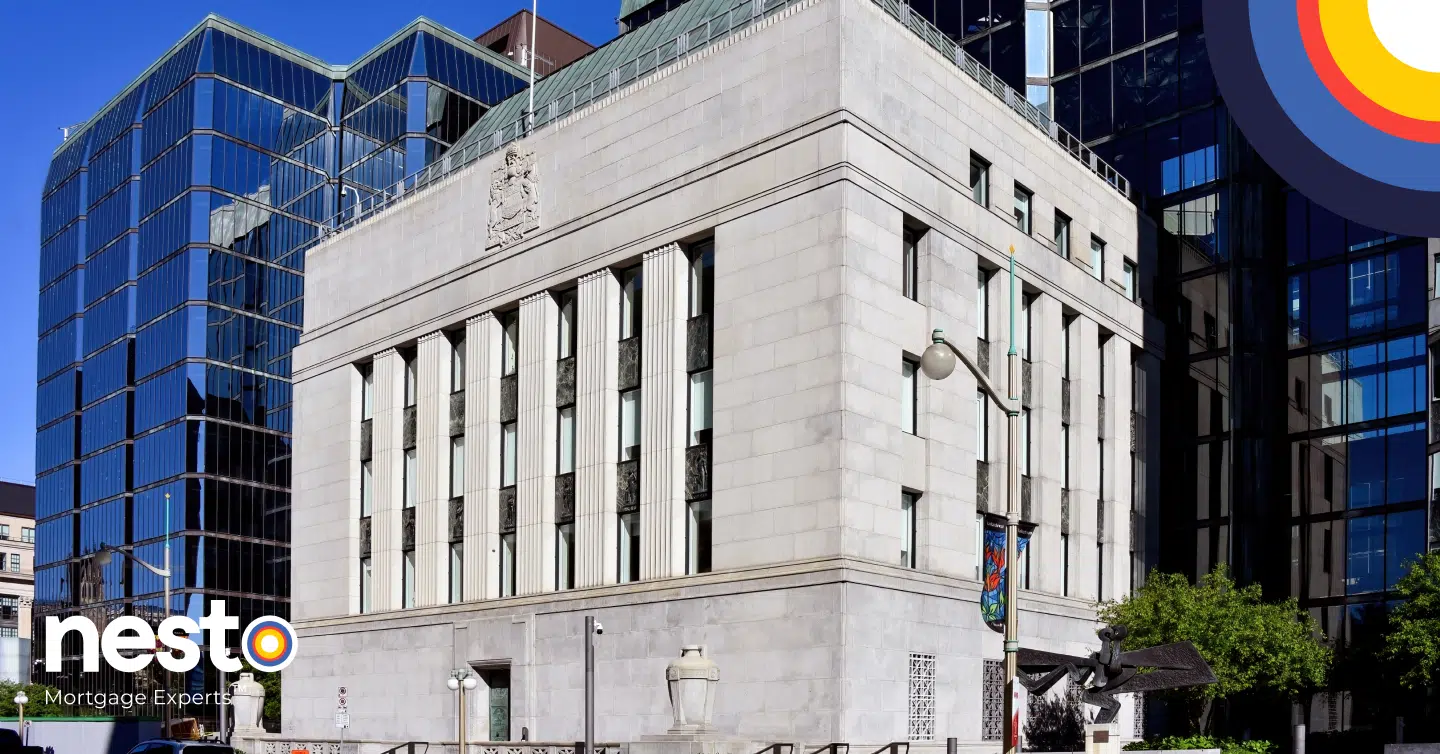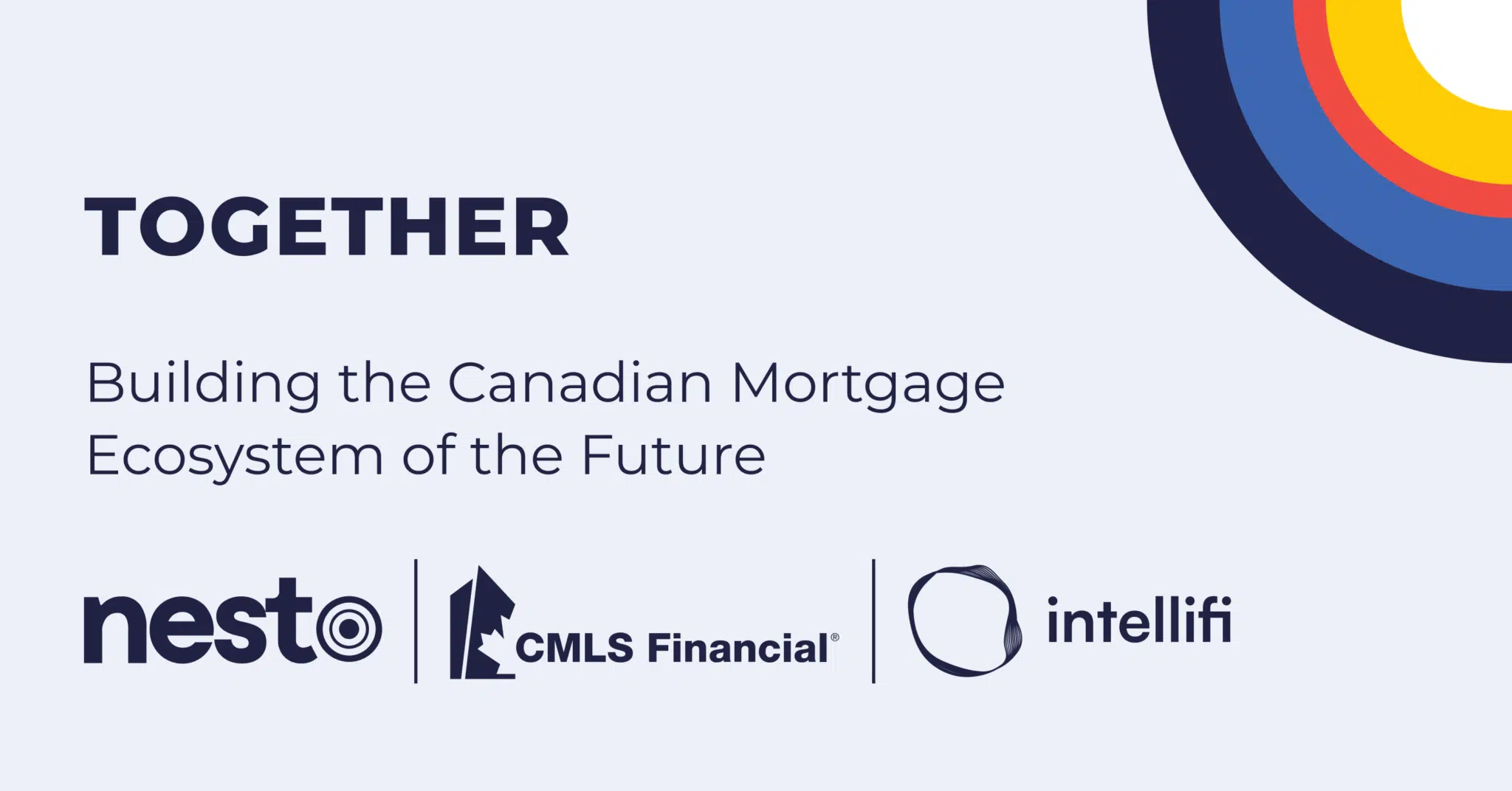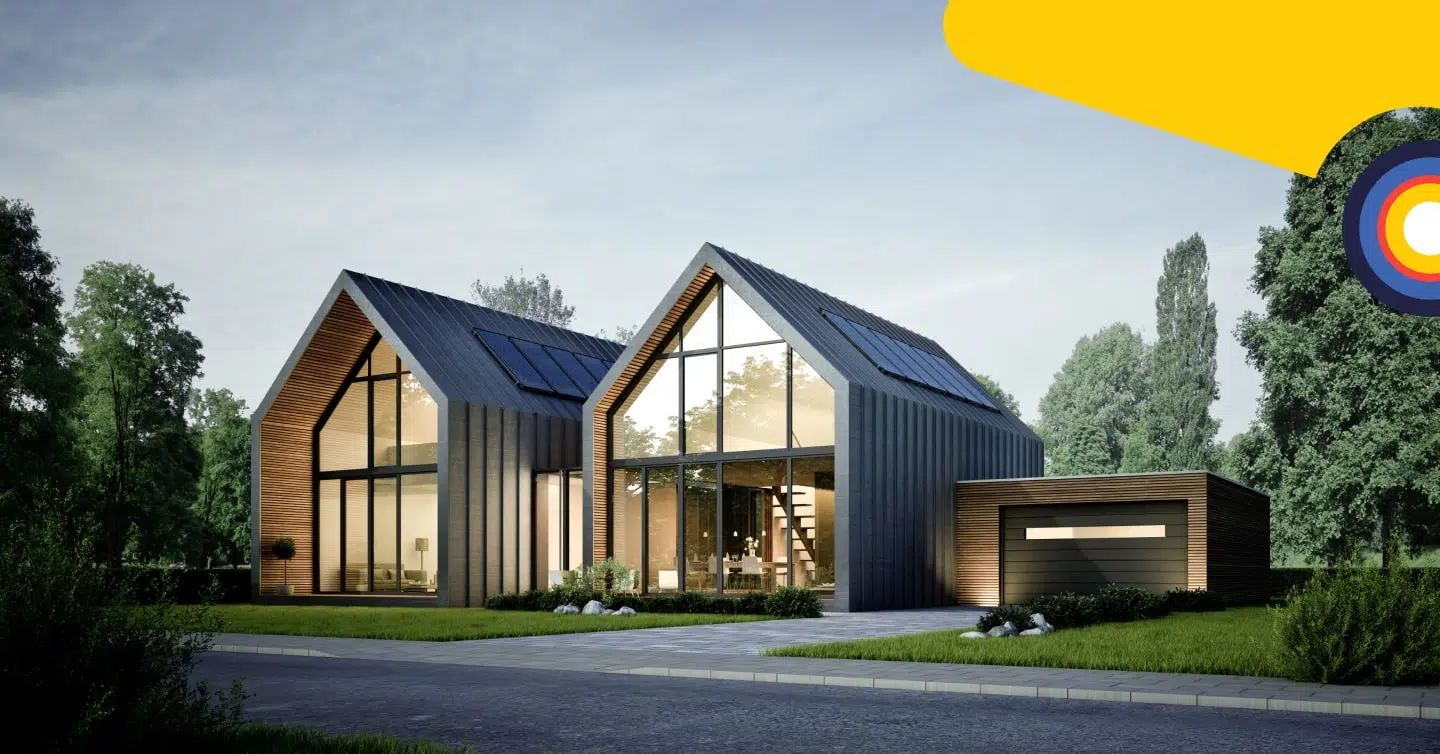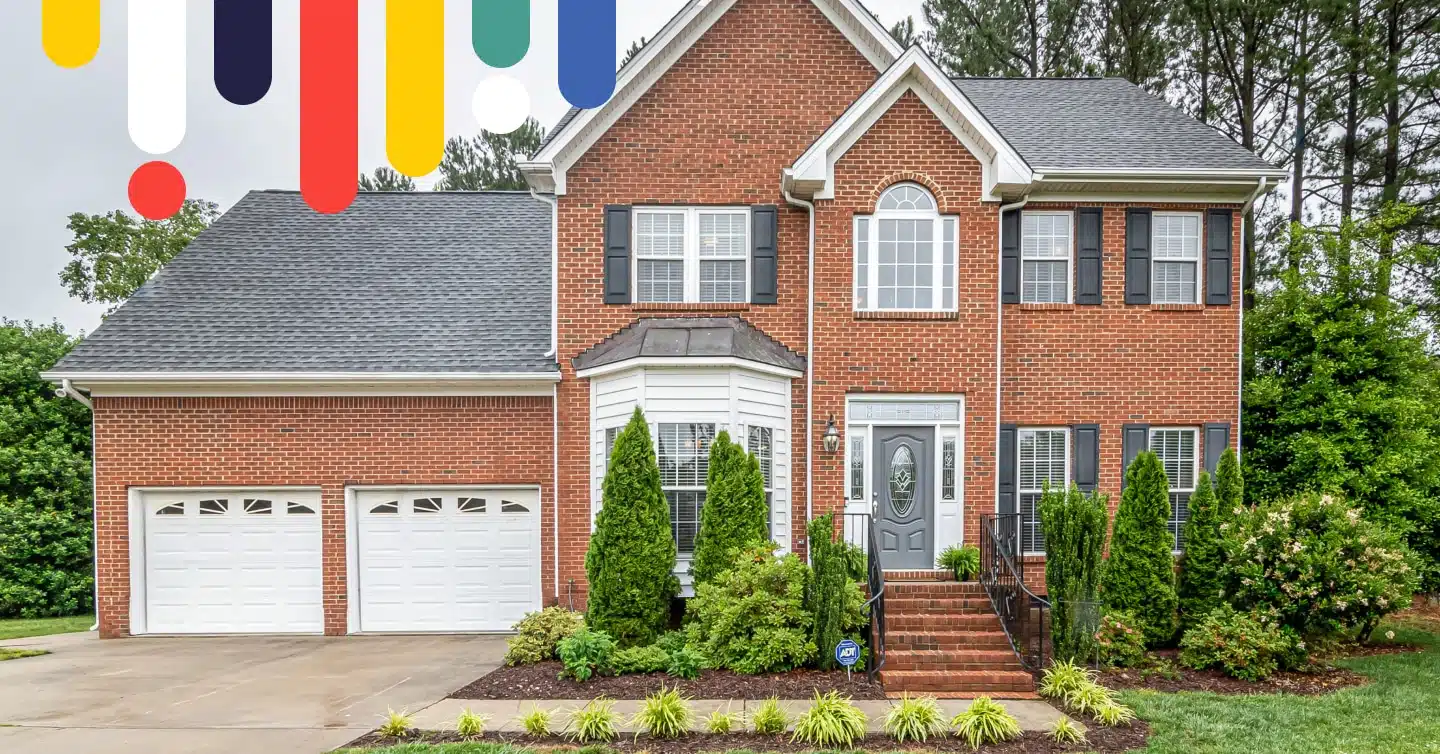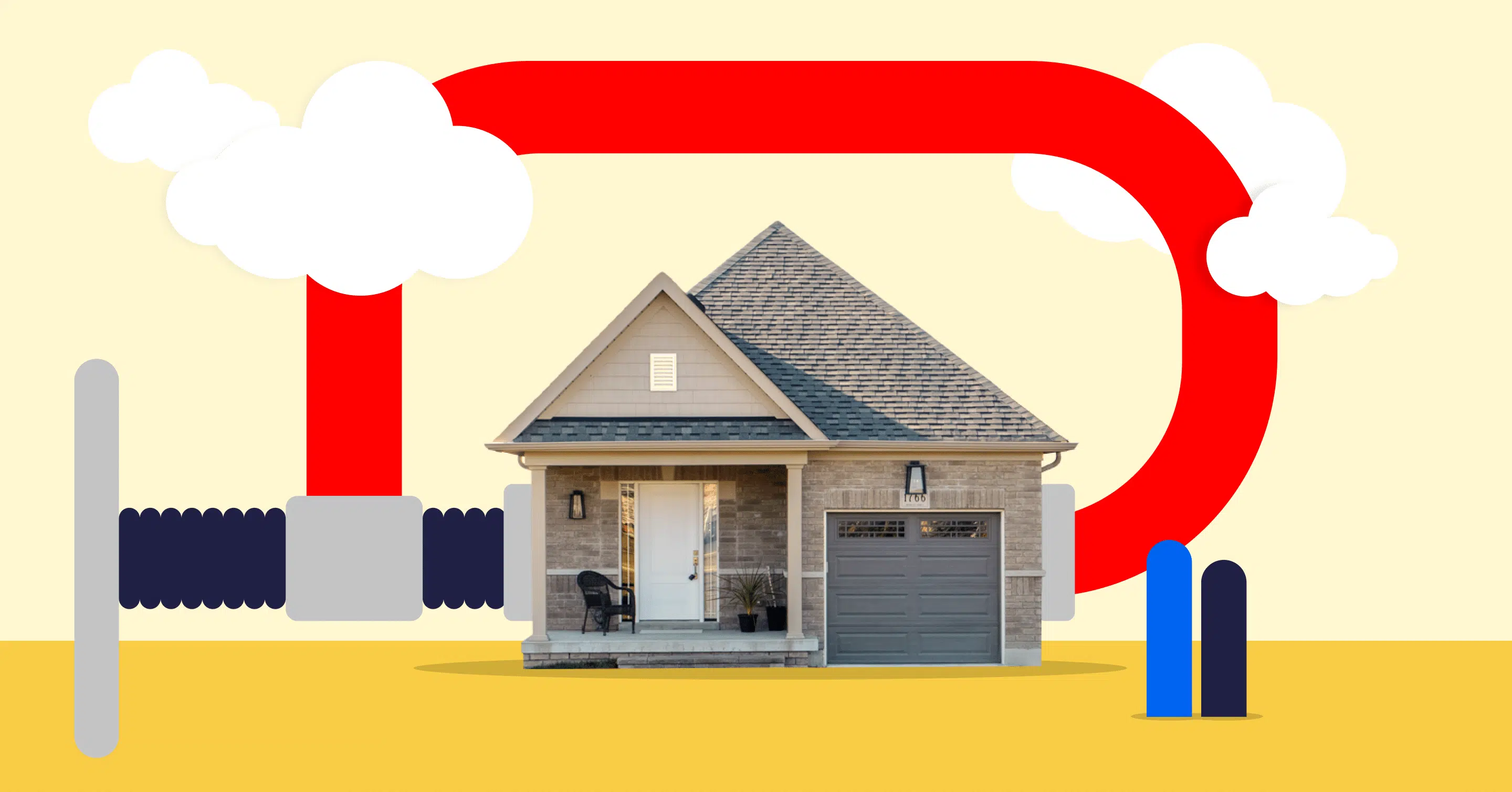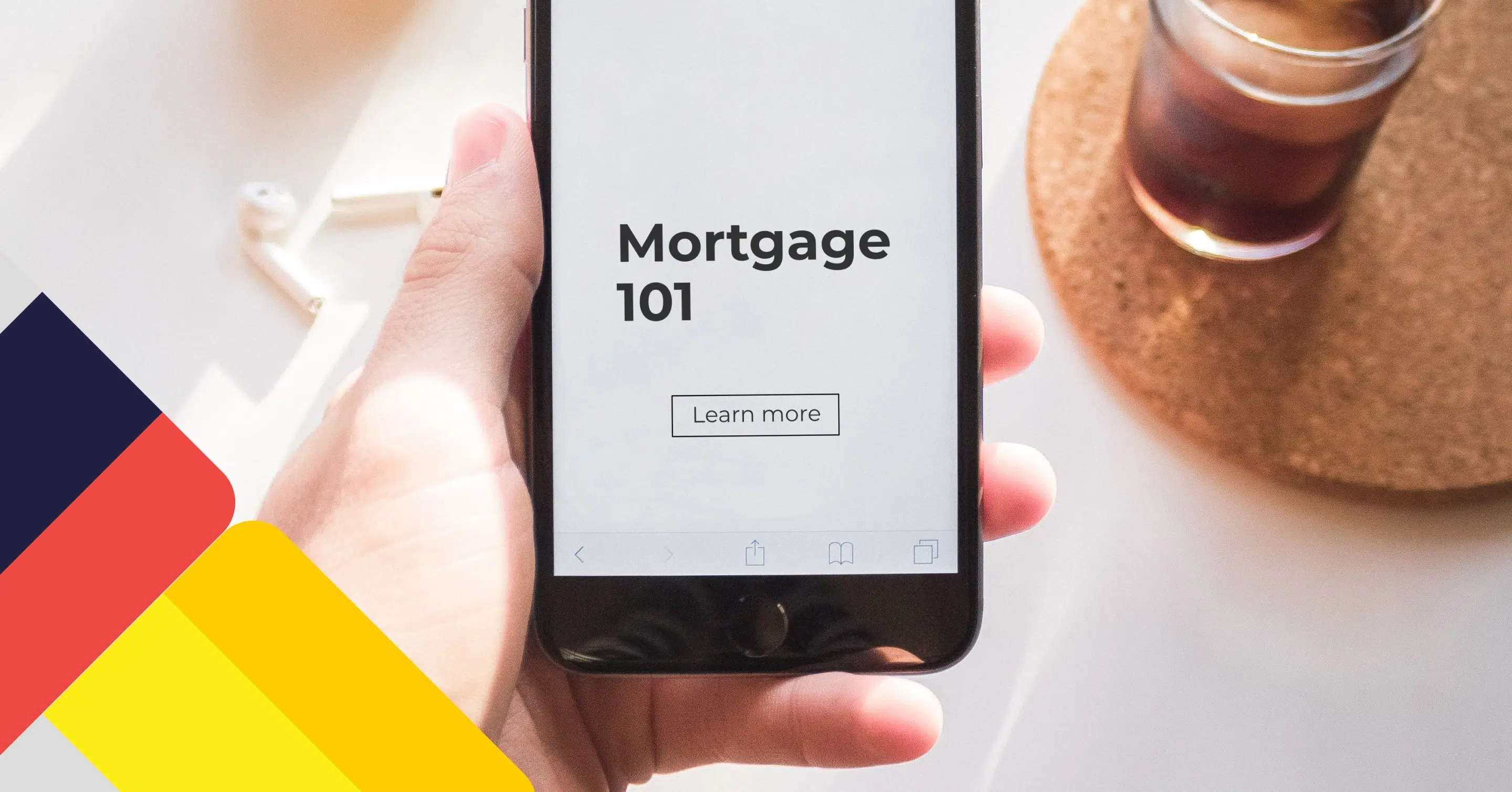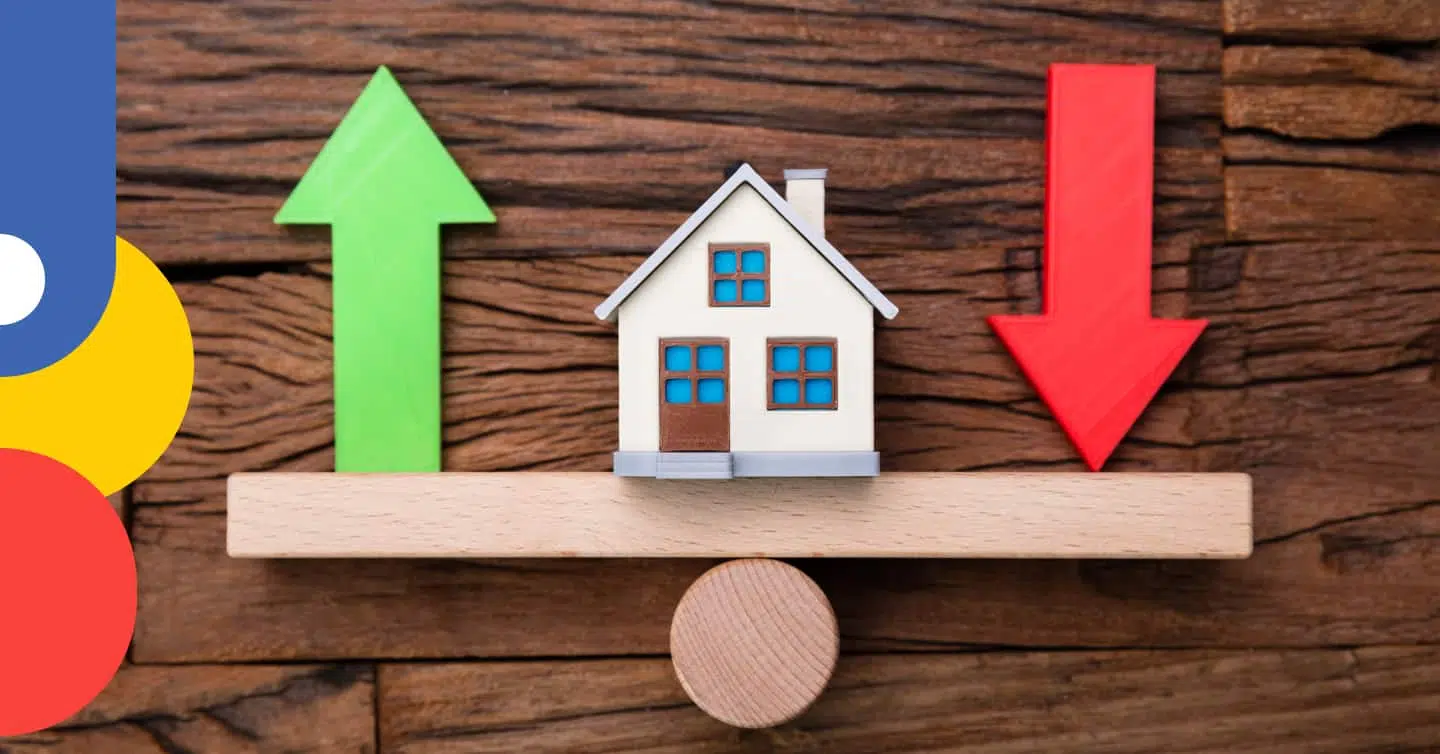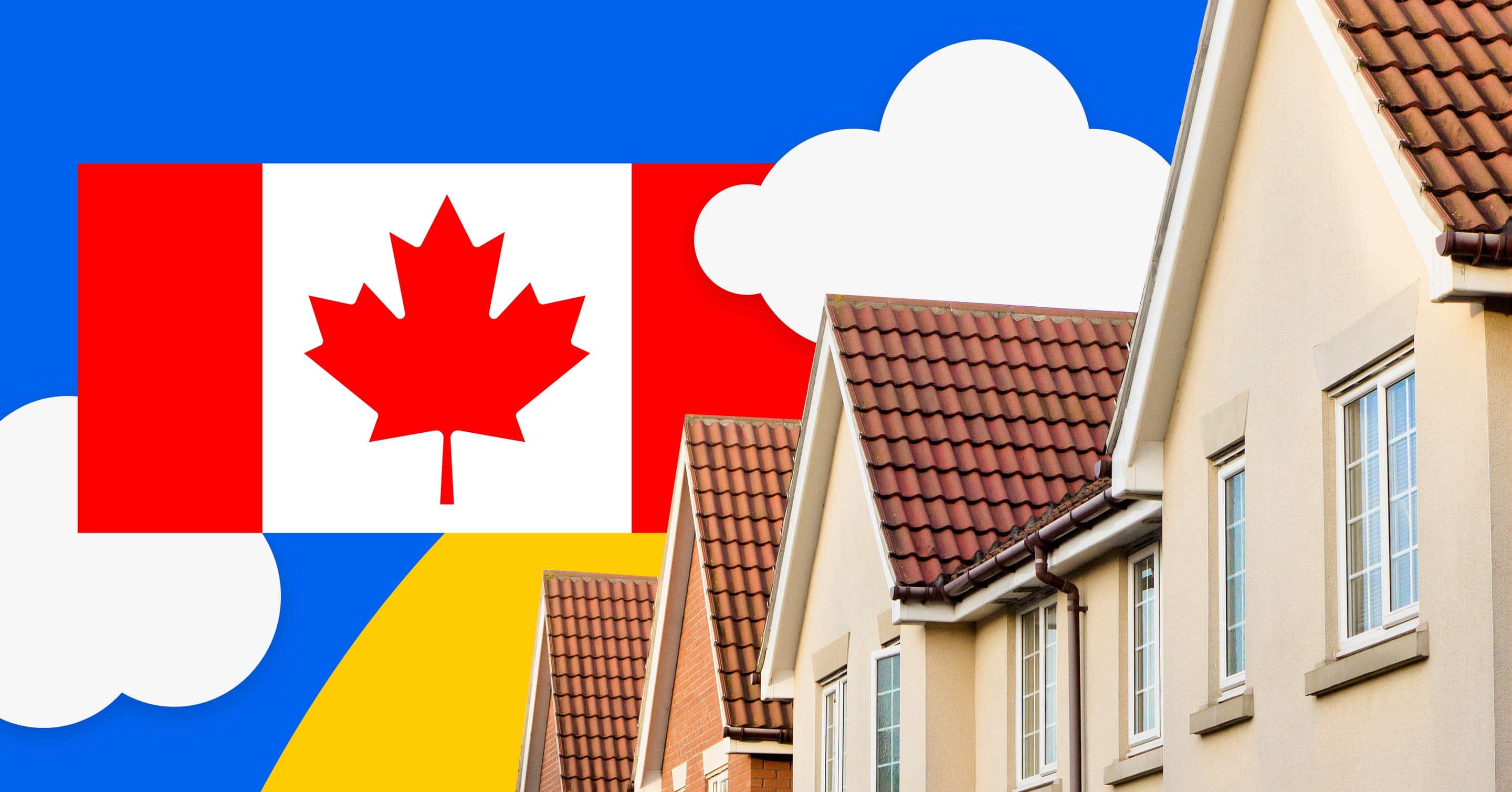Is Fixed or Variable Rate the Way to Go in 2024?
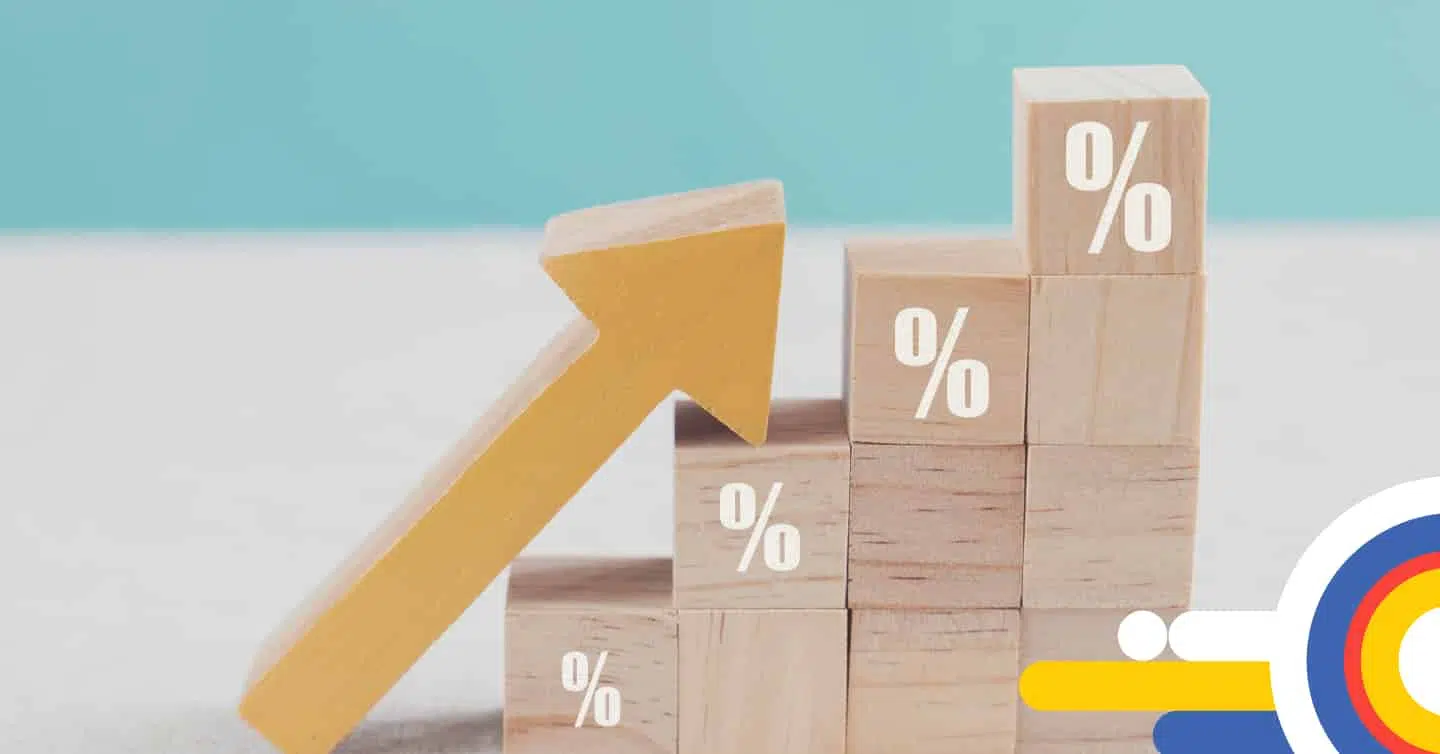
Table of contents
Are you wondering what’s next for interest rates in 2024? Not sure if you should go fixed or variable for your mortgage? Here we answer some of the most commonly asked questions we see in the mortgage industry with Chase Belair, nesto’s Principal Broker and Co-Founder.
Read on, and let us help you worry a little less!
Key Takeaways
- nesto has a lock rate period of 150 days. Lock in your low rate for 30 days longer with us.
- Every 0.25% (25 basis points) increase in interest rates adds approximately $14 per month for every $100K of mortgage balance to your mortgage payment.
- Predictions indicate we may see rate cuts in 2024, but borrowers shouldn’t expect to see a return to pre-pandemic low rates.
Interview
Q: Is it wise to renew early now & switch to a fixed rate?
A: Considering the difference between fixed and variable, there is less added value to early renew into a fixed rate right now compared to the historical low variable rate. Unless the main goal is to manage payment stress in this challenging time. Each borrower has a different risk tolerance. When there’s a substantial difference between the lowest variable and the lowest fixed, a strong case can be made in favour of the variable rate in most situations. As the spread shrinks, the most tangible benefit, being less interest paid, it’s harder to identify and impossible to guarantee interest savings. The best argument in favour of a variable rate mortgage is the prepayment penalty, which applies when breaking that mortgage vs. riding out the full term. This is due to the fact that the variable mortgage penalty is most often limited to a 3-month interest charge, in comparison to a potentially large interest rate differential charge from choosing fixed. At the end of the day, it is a personal choice.
Q: nesto offers a lock rate period of 150 days. Is now the time to lock in a fixed rate?
A: 150 days is currently the best rate lock period in Canada for fixed and variable rates. As mentioned above, deciding to go fixed depends on your current mortgage, if you have one and risk tolerance. Since the height of its popularity, although less popular now, variable remains a very good option for many situations.
Q: If the policy interest rate increases by 1.0% again, what does this look like for variable rate payments?
A: Your payment will increase by approximately $56/month for every 100bps (1.0%) increase to the prime rate over a 25-year amortization period for every $100K of mortgage balance.
This means approximately $14/month per quarter percentage increase (25bps) on every $100K balance.
Q: How high will rates go in 2024? Will rates stop rising in the near future?
A: With economists divided on their predictions for 2024 and the Bank of Canada Governing Council split on whether the policy rate is enough to bring inflation back to the 2% target, it’s impossible to predict with certainty where rates may head in 2024. Recent data suggests we could see cuts to interest rates beginning around April 2024. However, not all mortgage lenders are as quick to realize the downward trend in rates as nesto.
Q: Do higher interest rates affect how much house I can afford? If so, in what way?
A: First of all, the budget is crucial; borrowers need to be diligent and know what they can and cannot afford. Secondly, the stress test used to qualify borrowers is now different depending on whether they decide on a fixed or variable rate.
Consequently, we see fixed mortgages being stress-tested at nesto’s lowest insured rate of
Q: How will interest rates impact consumer debt levels and spending?
A: On average, a 0.25% increase represents approximately $14 per $100,000 mortgage loan. For a $500,000 loan, a 1% increase could mean up to $280 per month in payment increase. Factor in other liabilities impacted by the lender’s prime rate; the impact will vary from one borrower to another but ultimately reduce cash flow in most areas of spending.
Q: What do you foresee for interest rate decisions in 2024? How will this shift the market?
A: Borrowers looking to time their decision on mortgage rates alone should not expect a return to pre-pandemic ultra-low rates. While we may see rate cuts into 2024, there is no indication we will see rates below 4% in the foreseeable future.
Q: What is the best advice to any homeowner currently worried about the impact and inability to afford their mortgage?
A: Prepare your budget and seek advice from a qualified mortgage / financial expert. Rates are one big component of the overall strategy, but the strategy itself is your best ally to make sure you and your family remain in a good position to sustain higher interest rates over the long term.
Q: What are some pointers/advice you’d give to a ‘pandemic purchaser’ who secured a variable rate mortgage when it was at historic lows and is now weathering the storm?
A: If you’re currently with a variable rate mortgage, you embarked on that strategy for a reason. The most common reason is mortgage freedom and flexibility through a tiny prepayment penalty, should you need to break it. Regardless of where the prime rate is today or tomorrow, that reason remains a major factor in a current homebuyer’s decision-making process. To opt for a fixed-rate mortgage now at this point in time would limit your flexibility and acknowledge a new fixed cost of borrowing at a much higher rate than when you embarked on this journey.
Q: What is your overall advice for a first-time buyer at this time?
A: I would tell them to know the limits of their finances and understand their long-term goals. They shouldn’t try to time the market but have some comfort in knowing that they may still be able to afford what they want despite increased rates. Typically, based on income and downpayment, every 100bps (1%) increase in the prime means a 5% – 15% decrease in their qualifying amount. However, new data is predicting housing prices could decline more than their qualifying amount over the short to medium term. This means that the dream of homeownership may still be within reach. Prepare yourself to purchase in the next 6 months, as housing is a limited commodity, and prices will eventually go back up.
If you’re ready to find your low rate and lock it in for 150 days, speak to a nesto mortgage expert today!
Ready to get started?
In just a few clicks, you can see our current rates. Then apply for your mortgage online in minutes!

